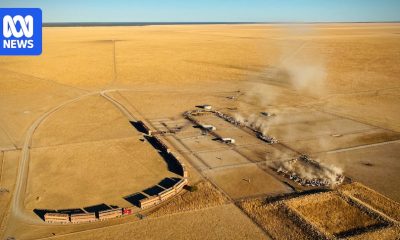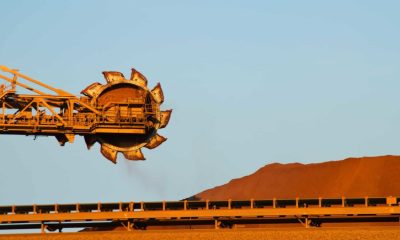Science
NASA Technology Enables Precision Landing and Hazard-Avoidance Without a Pilot – SciTechDaily
Some of the most interesting places to study in our solar system are found in the most inhospitable environments – but landing on any planetary body is already a risky proposition. With NASA planning robotic and crewed missions to new locations on the Moon an…

The New Shepard (NS) booster lands after this vehicle’s fifth flight during NS-11 May 2, 2019. Credit: Blue Origin
Some of the most interesting places to study in our solar system are found in the most inhospitable environments – but landing on any planetary body is already a risky proposition. With NASA planning robotic and crewed missions to new locations on the Moon and Mars, avoiding landing on the steep slope of a crater or in a boulder field is critical to helping ensure a safe touch down…
-

 Noosa News21 hours ago
Noosa News21 hours agoConsolidated Pastoral Company buys Beetaloo aggregation in historic deal worth more than $300m
-

 General23 hours ago
General23 hours agoAustralian luger Alex Ferlazzo makes stunning recovery during run after falling off his sled
-

 Business24 hours ago
Business24 hours agoWhy are ASX 200 tech stocks like Xero shares taking a beating on Monday?
-

 Business21 hours ago
Business21 hours agoRio Tinto milestone sends shares in resources tech stock higher

